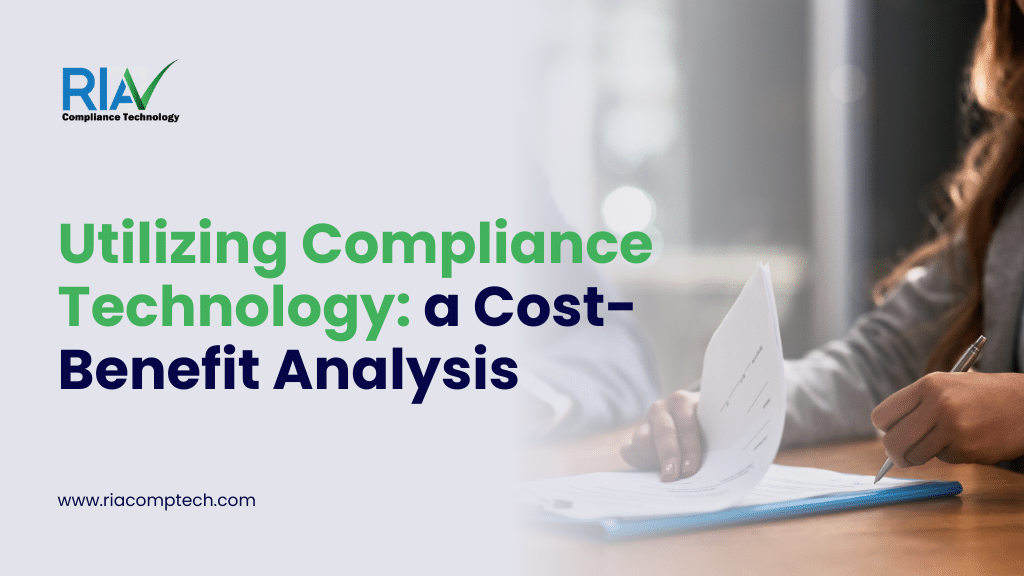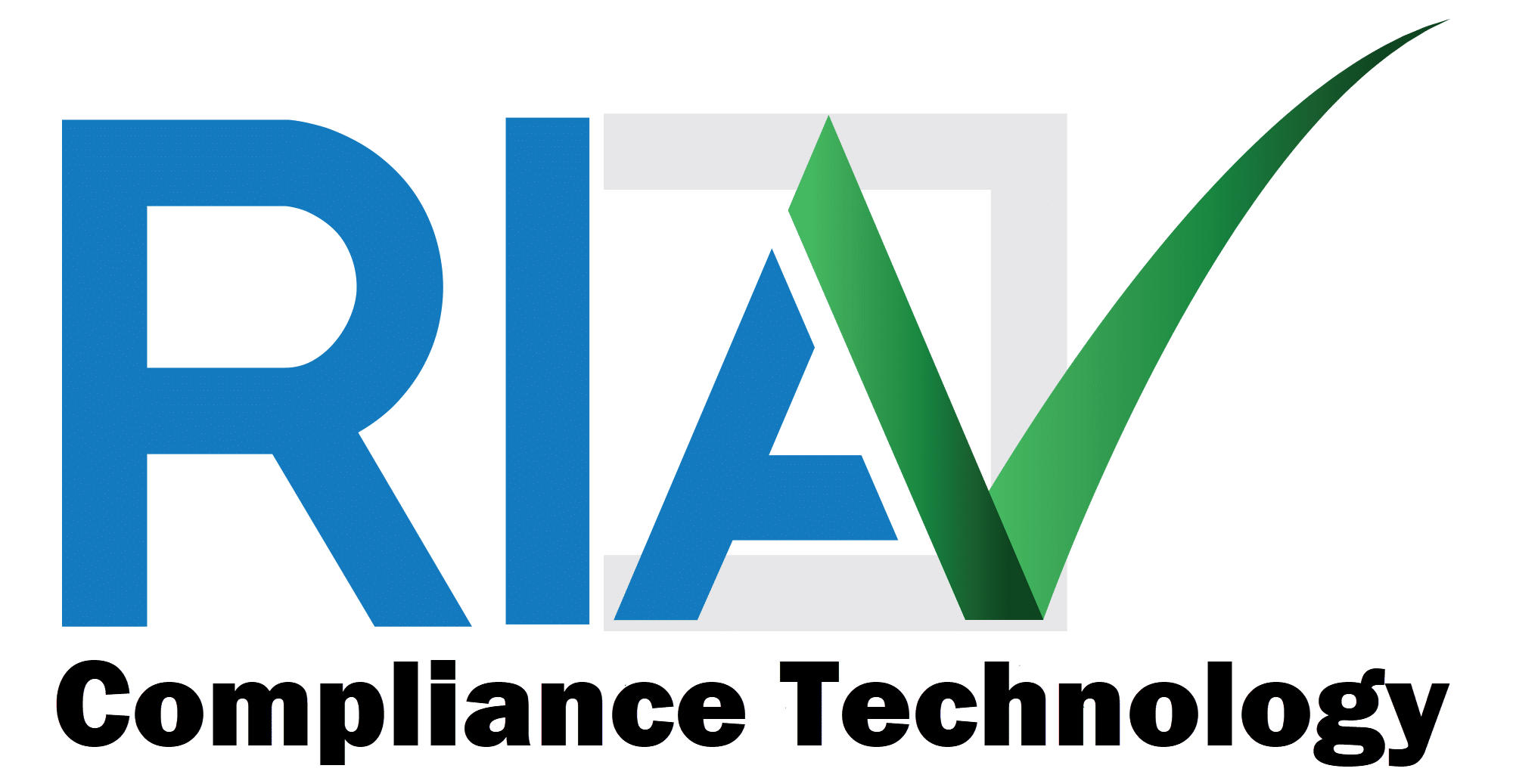
In a highly regulated business environment, compliance processes have become a critical component of organizations across various industries. Traditionally, compliance processes have been managed manually, however, with the rapid advancement of technology, many organizations are now considering the adoption of technology-driven solutions.
This lends the question… is compliance technology worth the cost?
Let’s explore the cost-benefits of using technology in compliance processes compared to manual methods.
Manual Compliance Process
Manual compliance typically involves a series of time-consuming and resource-intensive tasks, including data collection, documentation, risk assessment, reporting, and monitoring. Some key challenges of manual compliance include:
Human Error
Data entry mistakes, misinterpretation of regulations, and oversight of critical compliance requirements, all prone to human-error can lead to costly consequences.
Time-Consumption
Gathering data, tracking changes in regulations, and preparing reports, can be extremely time-consuming; diverting valuable human resources from more strategic activities.
Limited Scalability
Manual processes may not scale efficiently with the growth of an organization, leading to increased operational costs and potential compliance gaps.
Lack of Real-Time Visibility
Manual processes often lack real-time monitoring and reporting capabilities, making it difficult to detect compliance issues in a timely manner.
Technology-Driven Compliance Process
Technology-driven compliance solutions offer a wide range of benefits, often outweighing the costs of implementation and maintenance. Some key advantages include:
Increased Efficiency
Technology streamlines and automates repetitive compliance tasks, allowing employees to focus on more strategic activities. Leading to improved productivity and savings in the long run.
Enhanced Accuracy
Software can automate data entry and validation, and identify anomalies and potential risks.
Scalability
Software can easily adapt to the changing needs of an organization, making it more scalable as the business grows; eliminating the need for constant manual adjustments.
Real-Time Monitoring
Technology provides real-time visibility into the status of important tasks to identify and address issues promptly, preventing costly violations.
Long-Term Cost Savings
While there is an initial cost associated with implementing compliance technology, the long-term savings from increased efficiency, reduced errors, and avoidance of compliance fines can be substantial.
Real-Time Regulatory Updates
Compliance software often includes features that automatically update to reflect changes in regulations, ensuring that the organization remains in compliance without manual tracking and interpretation.
According to our experts, adopting technology in your compliance process offers a variety of benefits that, ultimately, outweigh the initial costs of implementation and maintenance. These benefits include enhanced accuracy, increased efficiency, scalability, real-time monitoring, cost savings, and the ability to stay up-to-date with evolving regulations. As organizations strive to navigate the complex compliance landscape, leveraging technology-driven solutions becomes not just a cost-effective choice but a strategic imperative for long-term success.
RIA Compliance Technology is a compliance management solutions provider, designed by compliance professionals, for compliance professionals, to meet and exceed demanding compliance standards. Their technology simplifies the manual and paper process of submissions, data collection, and workflows all under one login. Focusing on empowering financial professionals to be proactive, RIA Compliance Technology provides simple, structured, and organized solutions tailored to the individual needs of clients, to optimize their compliance process.
Schedule a one-on-one demo with our in-house compliance specialists and discover how our technology can support your individual needs.
